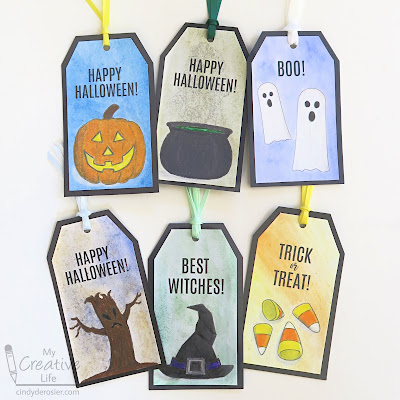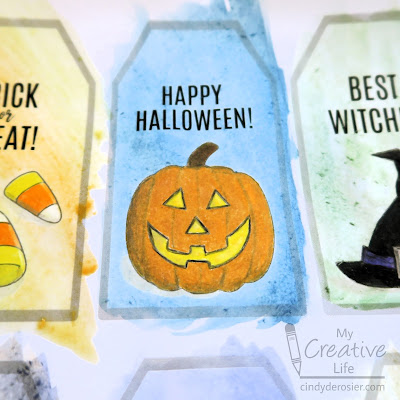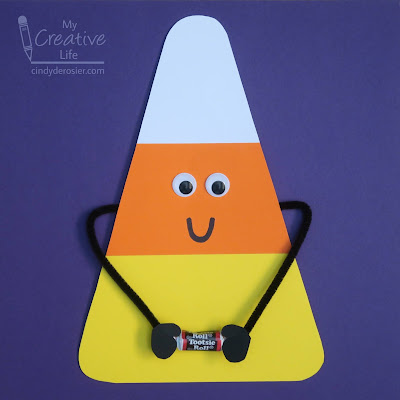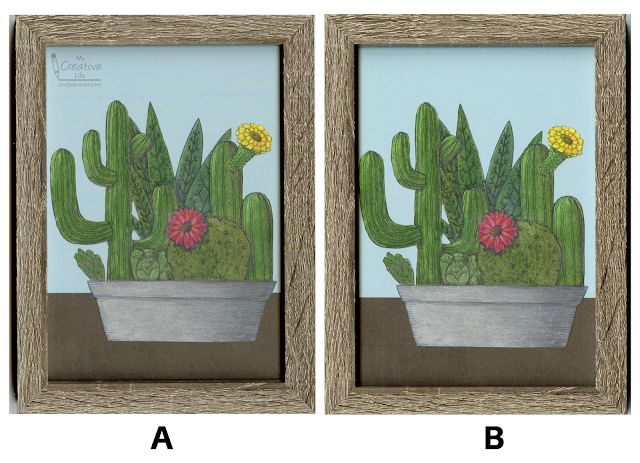After discovering that watercolor doesn't work well on my new colored-pencil- and printer-friendly cardstock, I wanted to try markers on it. Markers make a great base for colored pencil work. I looked for a fun (and non-pirated) Halloween coloring page and printed this one of Linus and Sally awaiting the Great Pumpkin. It has a large background area that would take forever to cover with just colored pencils, so it was ideal for experimenting with a marker base.
We own It's the Great Pumpkin, Charlie Brown on DVD (affiliate link here and below) and have watched it dozens of times, but I wanted a reference photo to color my page. This was the closest I could find to the coloring page.
I was originally thinking that I'd get to practice shadows with this coloring page, but once I looked at the reference photo, I tossed out that idea. With the exception of the sky (which looks like watercolors), each color is a solid fill in a space. Adding shadows or shade variation would change the look of this very classic style.
I added a quick marker base to my printed coloring page using my Prismacolor markers. As is particularly obvious in the sky, I didn't try for good coverage and made no attempt at blending. My plan was to do that with colored pencil.
I should note that I was frustrated with the limited number of markers I have. Specifically, I don't have a deep blue, any decent skin tones, or much variety of greens. It's very hard to believe that only four months ago I said "my collection is now big enough to meet most of my coloring needs." Nope!
Here's what my page looked like after I added colored pencil.
As I've been going through my colored pencil class, I've been keeping a list of questions and problems as they arise. I've also been noting things I want to try, as well as techniques and tools that don't appeal to me. I'll share that list next week in hopes that some of you out there can help me!
















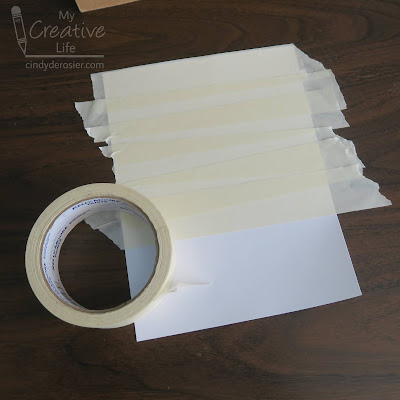

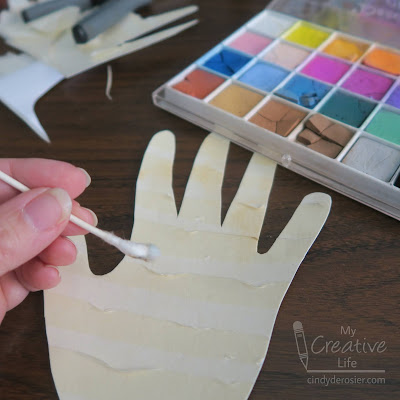











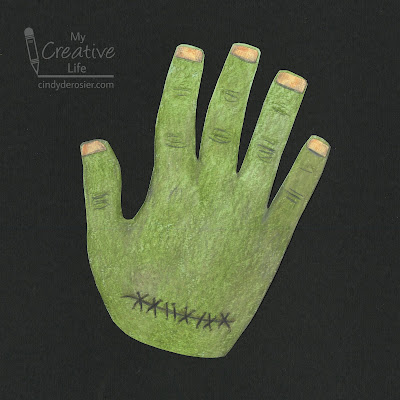

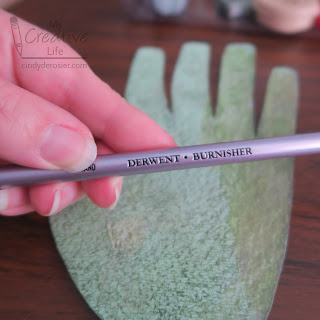 .
. 






